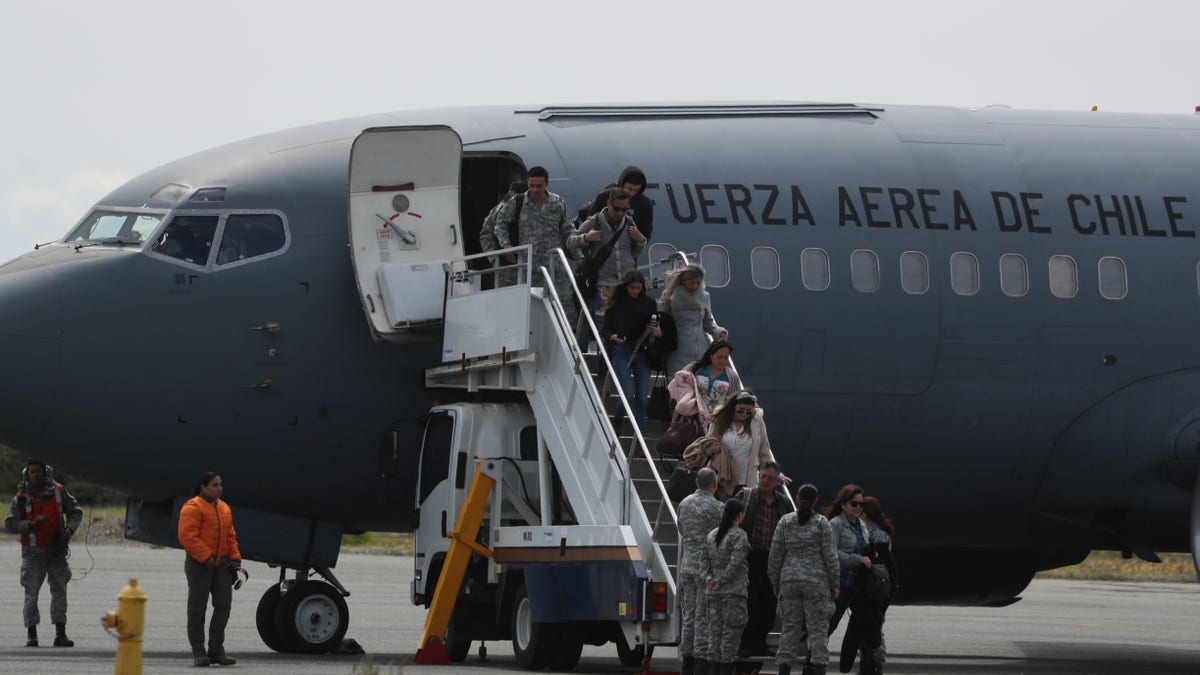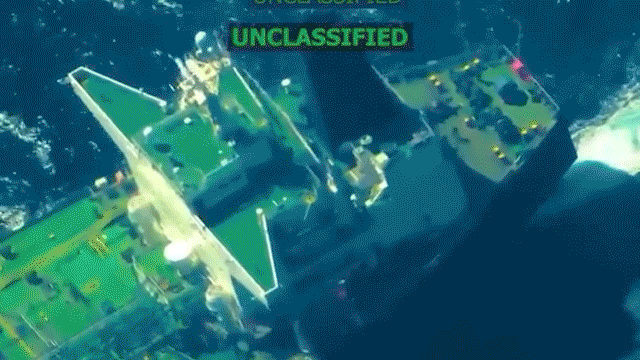Fox News Flash top headlines for Dec. 11
Fox News Flash top headlines for Dec. 11 are here. Check out what's clicking on Foxnews.com
The Chilean Air Force said Wednesday it had located debris believed to be from a military transport plane carrying 38 people that vanished days ago while en route to Antarctica.
Air Force Gen. Eduardo Mosquiera said “sponge” material was found floating roughly 30 kilometers, or about 18.6 miles, from where the plane made last radio contact.
The missing Air Force plane took off from Punta Arenas, Chile, on Monday with 17 crew members and 21 passengers but has not been heard from since, so officials deduced that the plane crashed and it’s unlikely there are any survivors.

Relatives of passengers of a missing military plane arrive in a Chilean military airplane to an airbase in Punta Arenas, Chile, Wednesday, Dec. 11, 2019. (AP Photo/Fernando Llano)
The C-130 Hercules was on a regular maintenance flight Monday to an Antarctic base. Everything seemed to be in order until it lost radio contact 70 minutes after taking off, officials said.
The pilots who were flying the aircraft were reportedly experienced flyers but likely faced extreme weather over a remote stretch of frigid sea between South America and the Antarctic known as Drake’s Passage.
CHILEAN MILITARY DECLARES PLANE LOST AS SEARCHERS SCOUR ANTARCTICA FOR ANSWERS
Chilean officials said they are expanding the search for the military plane and are now scanning roughly 70,000 square miles to find its remnants.
Mosquiera said the search area would be expanded for at least the next six days, according to Reuters.
“We could add four days and bring this to 10 days, but after that, we would need to decide whether or not to continue,” he said.
CHILE LOSES CONTACT WITH MILITARY PLANE HEADED TO ANTARCTICA, 38 ON BOARD
Mosquiera said improved visibility was helping search crews from Argentina, Brazil, Uruguay, the U.S. and Chile, who were using planes, satellites and ships. Large rolling waves and low clouds had complicated the mission the day before, authorities said.
Ed Coleman, a pilot and chair of the Safety Science Department at Embry-Riddle Aeronautical University, told The Associated Press that rapidly changing weather in the Antarctic makes it a difficult place for pilots.
“You can have a clear sky one minute, and in a short time later storms can be building up, making it a challenge,” he said. “That causes bigger swells and rougher air.”
The region is mostly untouched, icy wilderness with ice sheets off of South America and depths of up to 11,500 feet.
CLICK HERE TO GET THE FOX NEWS APP
The military was using sonar-enabled Navy ships to detect irregularity at depth.
The Associated Press contributed to this report.









































